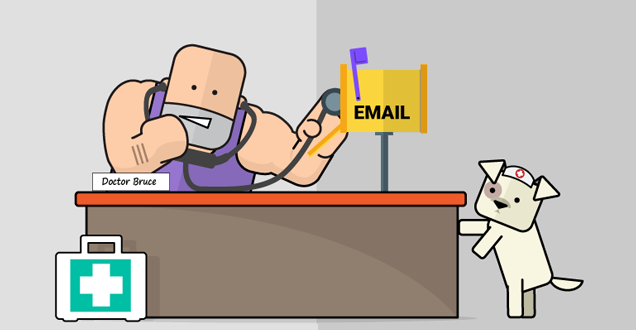What is more important for email marketing, healthy or voluminous list?
Published in november, 19 of 2015
Who doesn’t like to have a massive contact list to send email marketing campaigns? After all, every email address is a lead or a potential sale, which means more profit for your company.
Increasing emails database is one of the biggest challenges for professionals working with digital marketing. Note that there are differences between a large list and a healthy list. We want the second option, of course, because this is the one that will bring the ROI (return on investment) you expect. So to make sure you follow this path, let’s understand how the strategies to growth work through its advantages and disadvantages.
The benefits of a healthy list of emails
Having a healthy contacts list is supreme to start or even to proceed when sending email marketing campaigns. The health of your base can directly affect the deliverability of your messages. Instead of reaching their final destination, they may end up running into dead ends when there are missing emails or also be reported as spam.
1) Ask permission before sending any email
Preparing a landing page with a form for registration is a great way to start. After all, who leaves their data on the site, will be really interested to hear what your brand has to say. As a bonus, you can use the space to collect preferences on the type of content that will be sent. In addition to increase engagement, deliverability will also will win some points here.
2) Invest in Opt-In and Double Opt-In
In the above tip we talked about permission (opt-in) to send campaigns. In order to reaffirm the desire of your recipients to receive the content you can also send one additional email shortly after they fill out the registration form to confirm interest. This is the double opt-in, the highest level of permission that a user can be granted. It works as a whitelist, while showing your company as a trusted sender.
3) Follow the email marketing best practices
As its name implies, good practices will only bring satisfactory results. It’s a mutual exchange between your brand, offering relevant content to interested readers who gave permission for this, and your target audience, receiving what they were really expecting.
The evils of quantity above quality
If you are starting a business or launching a new product, you should have included the email marketing in your communication strategies. Like any start, you need to collect email addresses before you begin sending campaigns. This requires effort and can leave you tempted to invest in buying contact lists, putting quantity above quality.
1) Stay away from purchased contact lists
If you send thousands of emails to unknown people, and upset them, you won’t reach potential customers. This is because these contacts, which could be converted up front, were not expecting your message at this moment.
2) Avoid seeing your email reported as spam
You still run the risk of seeing your emails reported as spam. And if you insist to send messages to disengaged and also random targets, you are asking for complaints. This is definitely not good for you, not for them.
3) Preserve the delivery of your campaigns
In addition, purchased lists usually have high rates of bounce, the feared temporary or permanent errors that prevent your message to reach the final destination, damaging directly the deliverability of your campaigns. Other unwanted addendum includes spam traps, which can lead your emails for a blacklist.
So with the tips we\'ve selected for each type of list, can you see which one is the most valuable? While the first list prioritizes good email marketing practices (quality), the second takes into account the volume of contacts (quantity). Between quality and quantity, the first impact directly and positively on deliverability rate.
Liked? Share it knowdledge!